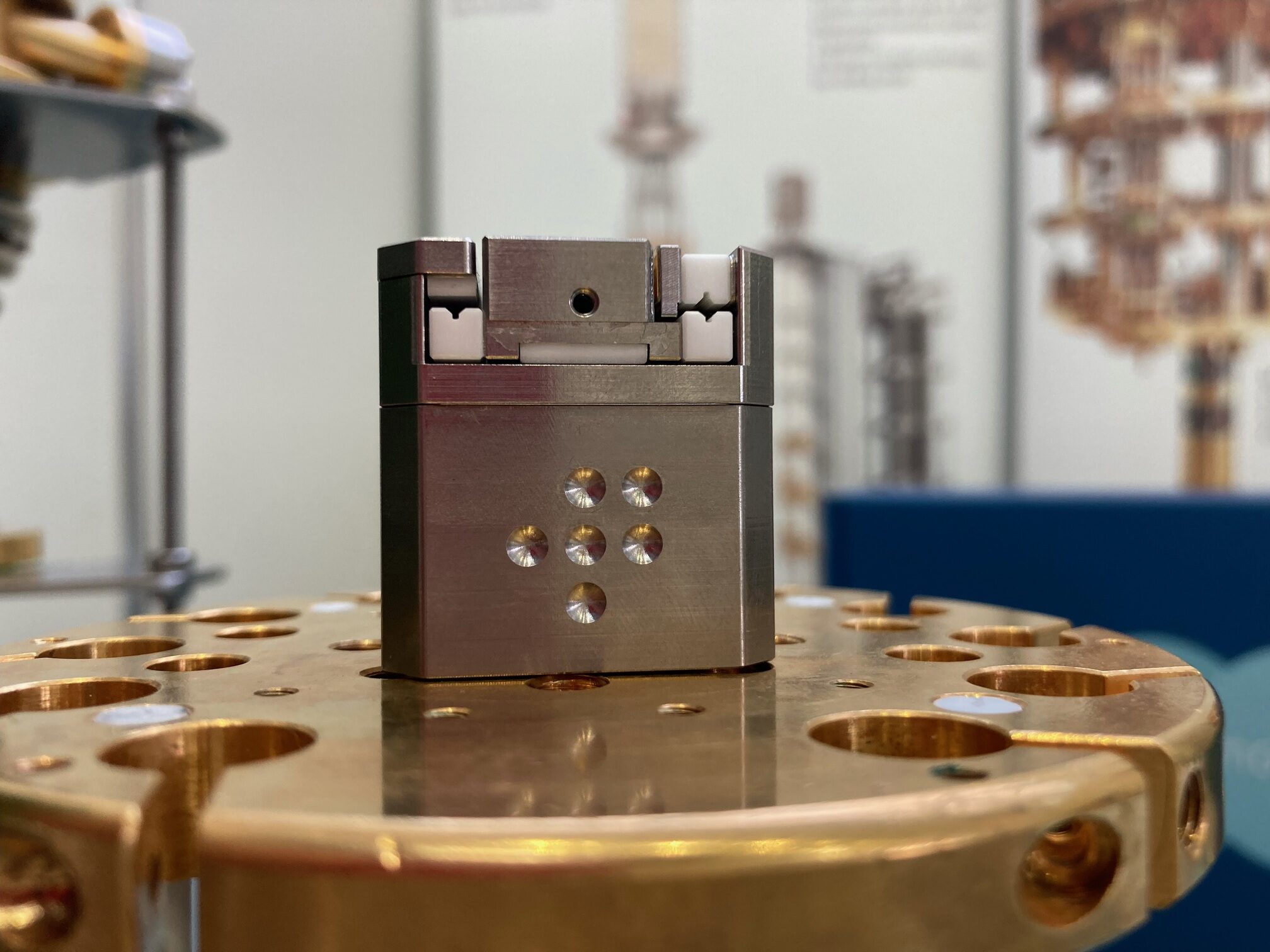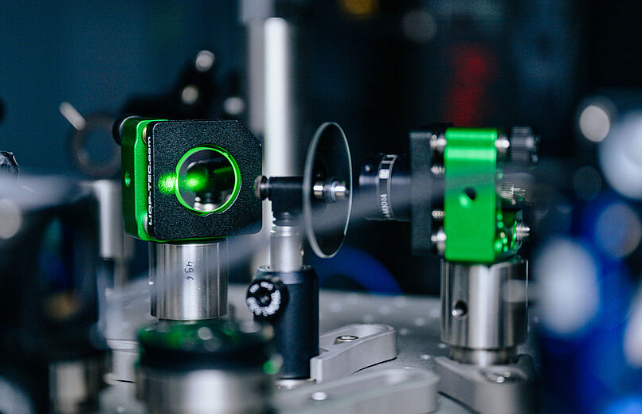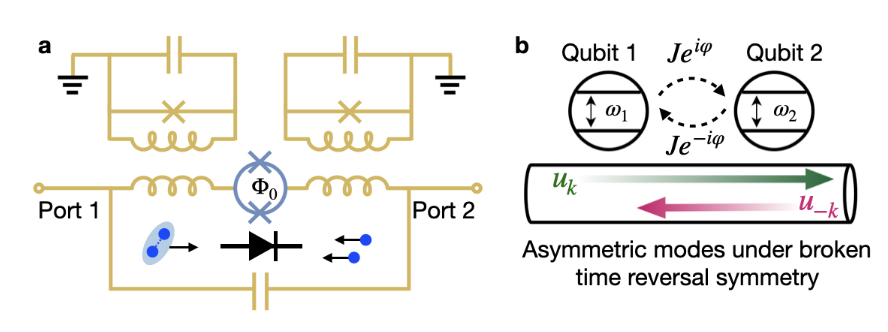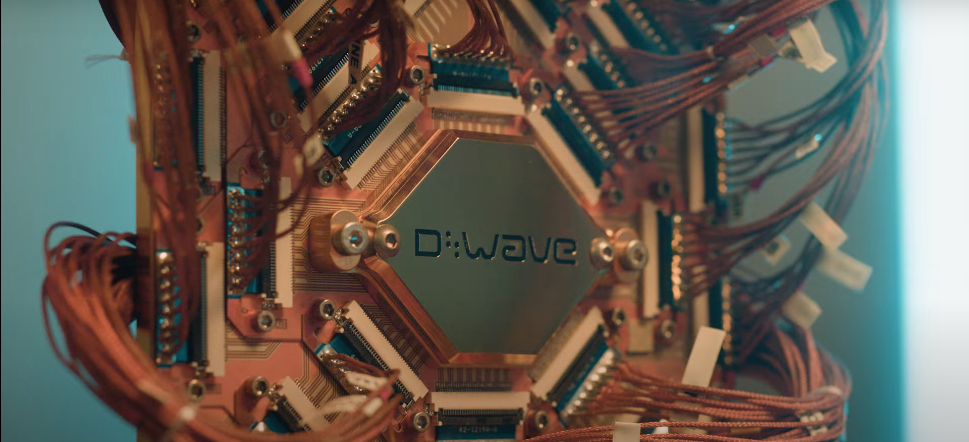Insider Brief
- Onnes Technologies has developed an innovative new cryogenic nanopositioner.
- According to the company, with qSPM, researchers can study the structure of protein complexes, such as ferritin, a protein in the human brain linked to Alzheimer’s disease, with unprecedented precision and accuracy.
- Critical Quote: “We are about to enter a new paradigm of Scanning Probe Microscopy, where quantum-enhanced sensitivity can be leveraged to significantly improve the sensing capabilities of microscopes that are typically used in the semiconductor, quantum, 2D material and pharma industries.” — CEO Max Kouwenhoven
PRESS RELEASE — Onnes Technologies, a Dutch startup in tools for low temperature physics, has developed an innovative new cryogenic nanopositioner that is set to enable new developments in the field of Quantum Scanning Probe Microscopy (qSPM). The arQtika Linear Cryo-Walker, is capable of positioning while limiting heat dissipation to the order of micro-watts – minimizing the impact on the limited available cooling power of dilution refrigerators. This was demonstrated in a recently published whitepaper of the company in collaboration with Leiden Cryogenics.
With qSPM, researchers can study the structure of protein complexes, such as ferritin, a protein in the human brain linked to Alzheimer’s disease, with unprecedented precision and accuracy. This could lead to a better understanding of the disease, and ultimately help in the development of treatments and cures. Alternatively, qSPM is a promising way to characterize Two-Level Systems in Transmon qubit devices, which is a major hurdle for Quantum Computing. These contaminations are energetically too small for conventional microscopes to study. With qSPM, their chemical and structural origin can be studied and these results will be the stepping stone to optimize fabrication processes for better Quantum Hardware.
“We are about to enter a new paradigm of Scanning Probe Microscopy, where quantum-enhanced sensitivity can be leveraged to significantly improve the sensing capabilities of microscopes that are typically used in the semiconductor, quantum, 2D material and pharma industries” explains CEO Max Kouwenhoven. “Yet a number of challenges are to be tackled first in order to realize the cryogenic infrastructure needed to operate these quantum-enhanced sensors and enable their potential application.”

One of these challenges relates to cryogenic nanopositioning which is an essential part of any Quantum Microscope. Quantum Scanning Probe Microscopy is typically done at cryogenic temperatures. At these temperatures the thermal energy is lower than the energy differences between different quantum states, and hence making quantum effects visible and applicable for microscopy. “You can imagine that these forms of microscopy require extreme thermal stability at milli-kelvin temperatures in order to properly work. The results of this demonstration are very promising for the field of qSPM”, Max continues. “This is a significant milestone on the path towards achieving single-spin resolution, a technology that hopefully one day can help researchers working on improving quantum computing devices and novel drug development.”
For more market insights, check out our latest quantum computing news here.

















